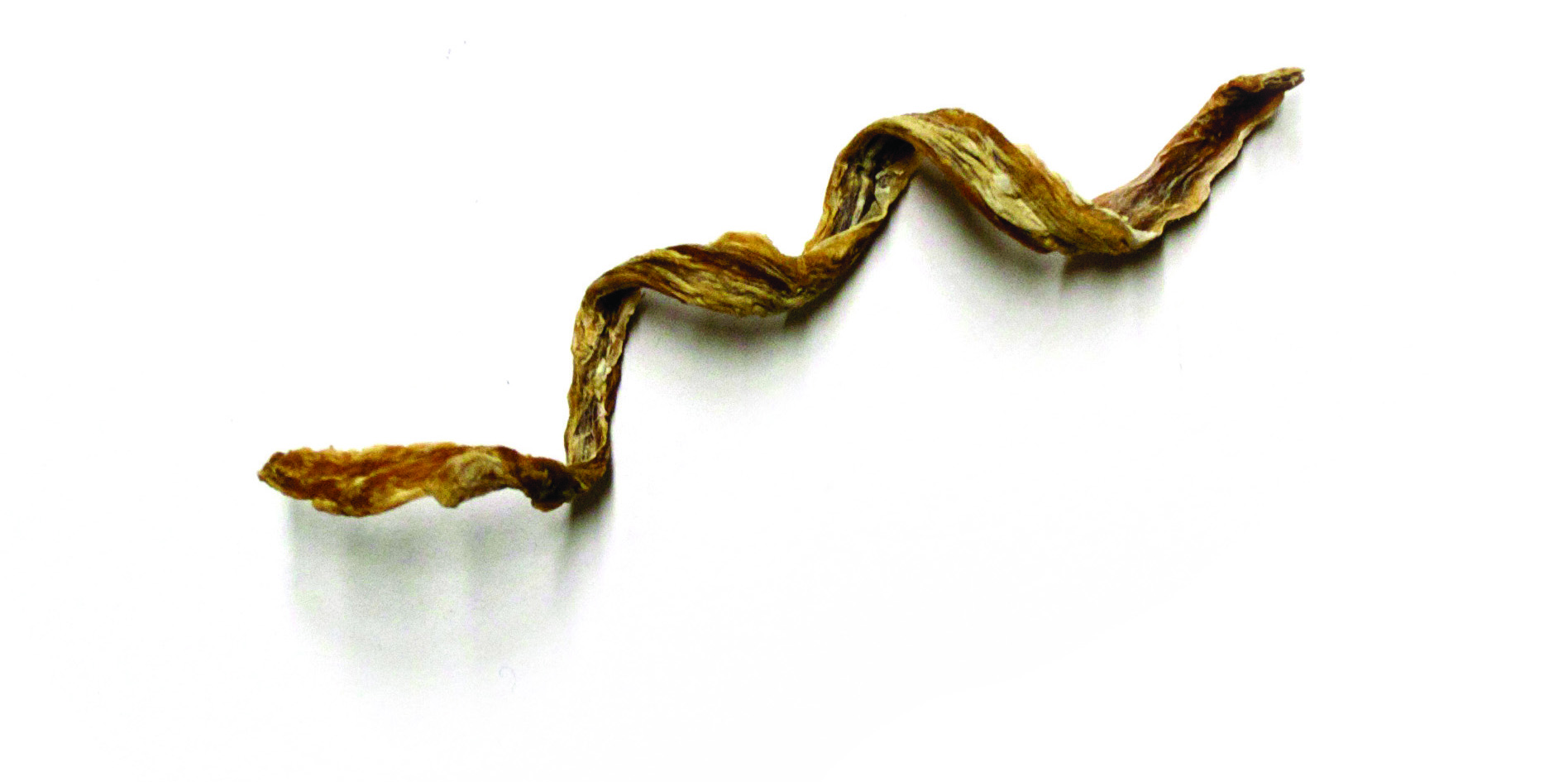Team:StanfordBrownSpelman/Building The Drone
From 2014.igem.org
(Difference between revisions)
| Line 199: | Line 199: | ||
<div class="sub5"><a href="http://www.fabrica.it/projects/drone">● Frabrica — <i>Drone</i>, speculative fictions in the age of the drone</a></div> | <div class="sub5"><a href="http://www.fabrica.it/projects/drone">● Frabrica — <i>Drone</i>, speculative fictions in the age of the drone</a></div> | ||
<div class="sub5"><a href="http://www.dronesurvivalguide.org">● Drone Survival Guide — a poster series highlighting the uneasy relationship between the public and drones</a></div> | <div class="sub5"><a href="http://www.dronesurvivalguide.org">● Drone Survival Guide — a poster series highlighting the uneasy relationship between the public and drones</a></div> | ||
| - | <div class="sub5"><a href="http:// | + | <div class="sub5"><a href="http://www.huffingtonpost.com/2013/04/03/anti-drone-hoodie-adam-harvey-surveillance_n_3007064.html#slide=2295806">● Anti-Drone hoodie</a></div> |
| - | <div class="sub5"><a href="http:// | + | <div class="sub5"><a href="http://diydrones.com">● DIY Drones — a growing online community of makers committed to building unmanned aircraft</a></div> |
</h6> | </h6> | ||
</div> | </div> | ||
Revision as of 00:02, 16 October 2014
Prototyping a Biological UAV
Our team modeled, prototyped, and collaborated with Ecovative Design to grow a mycelium-based chassis for our biological drone. Below you'll find process photos, part designs, and links to open source model files for downloading and additively manufacturing your own biological or bio-inspired unmanned aerial vehicle. Finally, you can see images of the biological, biodegradable UAV that we built and flew!
Harvesting a pure bacterial cellulose sheet.
Experimenting with cellulose material shape.
Layering cellulose to create thicker leather, see here at the back of the hood.
Variable thickness elements and experimental fragment attachment methods.
Spreading a cellulose sheet out to dry.
Mycelium drone chassis, modeled and 3D-designed by our team, produced by Ecocative.
Starting Small, Ending Big
We began by experimenting with producing cellulose in sheets and cellulose acetate non-biologically. Seeing that primarily cellulose materials are extremely strong and tough, but tear easily and becomes soggy when wet, we sought to increase the durability of the cellulose by grinding it into pieces to create a cellulose paste (that became spreadable into sheets like paper made from wood pulp) and stretching and twisting it into ropes to add strength. A few of our material samples follow:

A spiral rope made by waving together several cellulose sheets and dehydrating them.

A piece of cellulose leather generated by laying multiple sheets of cellulose together in perpendicular orientations.
While experimenting with cellulose-based materials, we also explored traditional starch bioplastics to compare material functionality. Here is an example of a starch bioplastic that we produced synthetically in the lab:

Common starch bioplastic, which is more voluminous but less strong than bacterial cellulose. Starch bioplastics, like bacterial cellulose materials, suffer disintegration when wet.
Realizing that cellulose acetate is tough but thin, our team was in need of a building material that was durable and lightweight. So, we reached out to Evocative Design, a pioneering fungal-mycelium-based biomaterial company, to prototype a mycelium form that could serve as the chassis of our vehicle. Evocative shipped us mycelium samples (pictured below), that we skinned in bacterial cellulose.

6" by 6" by 1" sample of Ecovative's lightweight mycelium-based biomaterial.

A piece of fungal mycelium skinned in bacterial cellulose.
Thanks to Evocative, we were able to construct a prototype biological unmanned aerial vehicle!
But we didn't stop there. Our team was enthusiastic about drone design and so we developed concept UAV designs meant to inspire future scientists and designers to think outside the box about how a future, partially living vehicle might look. Pseudo-natural and pseudo-industrial, our drone design references the traditional biological architecture of birds while embracing industrial additive manufacturability.
All 3D printable files for this concept drone are available in the downloads section. Images of our work follow:

Concept UAV Design

Biological UAV Concept, Exploded View
Pellentesque egestas felis et est venenatis, eget lobortis dui adipiscing. Suspendisse volutpat sem eu ornare tincidunt. Mauris pharetra sed justo vitae sodales. Nulla in sodales tortor, placerat tempor dui.
Designed Parts & Downloads
We succeeded in producing multiple viable chassis designs for mycelium UAV concept prototypes. You can download our basic chassis designs here. If you would like to receive a copy of the designs for our more involved, final UAV concept (pictured above), then please reach out to us! We would love to share our work! In the meantime, download and check out our other models below:
 Mycelium_Quad_1.SLDPRT: Download a 3D printable STL file for our mycelium quad chassic (pictured at top of page), which can accept four motors and serve as the foundation for a DIY biomaterial drone prototype.
Mycelium_Quad_1.SLDPRT: Download a 3D printable STL file for our mycelium quad chassic (pictured at top of page), which can accept four motors and serve as the foundation for a DIY biomaterial drone prototype.
 Mycelium_Quad_1.SLDPRT: Download a 3D printable STL file for our mycelium quad chassic (pictured at top of page), which can accept four motors and serve as the foundation for a DIY biomaterial drone prototype.
Mycelium_Quad_1.SLDPRT: Download a 3D printable STL file for our mycelium quad chassic (pictured at top of page), which can accept four motors and serve as the foundation for a DIY biomaterial drone prototype. "
"








